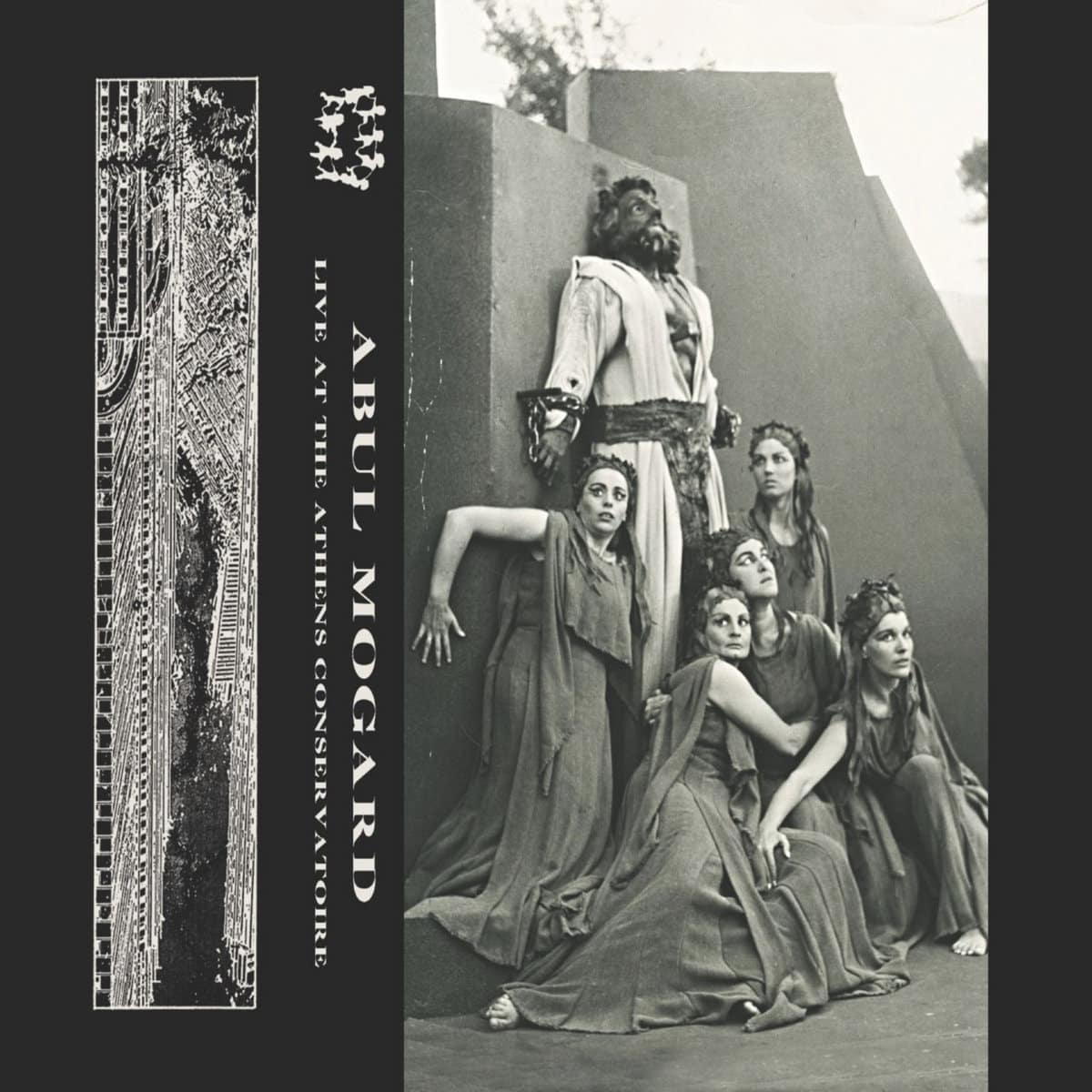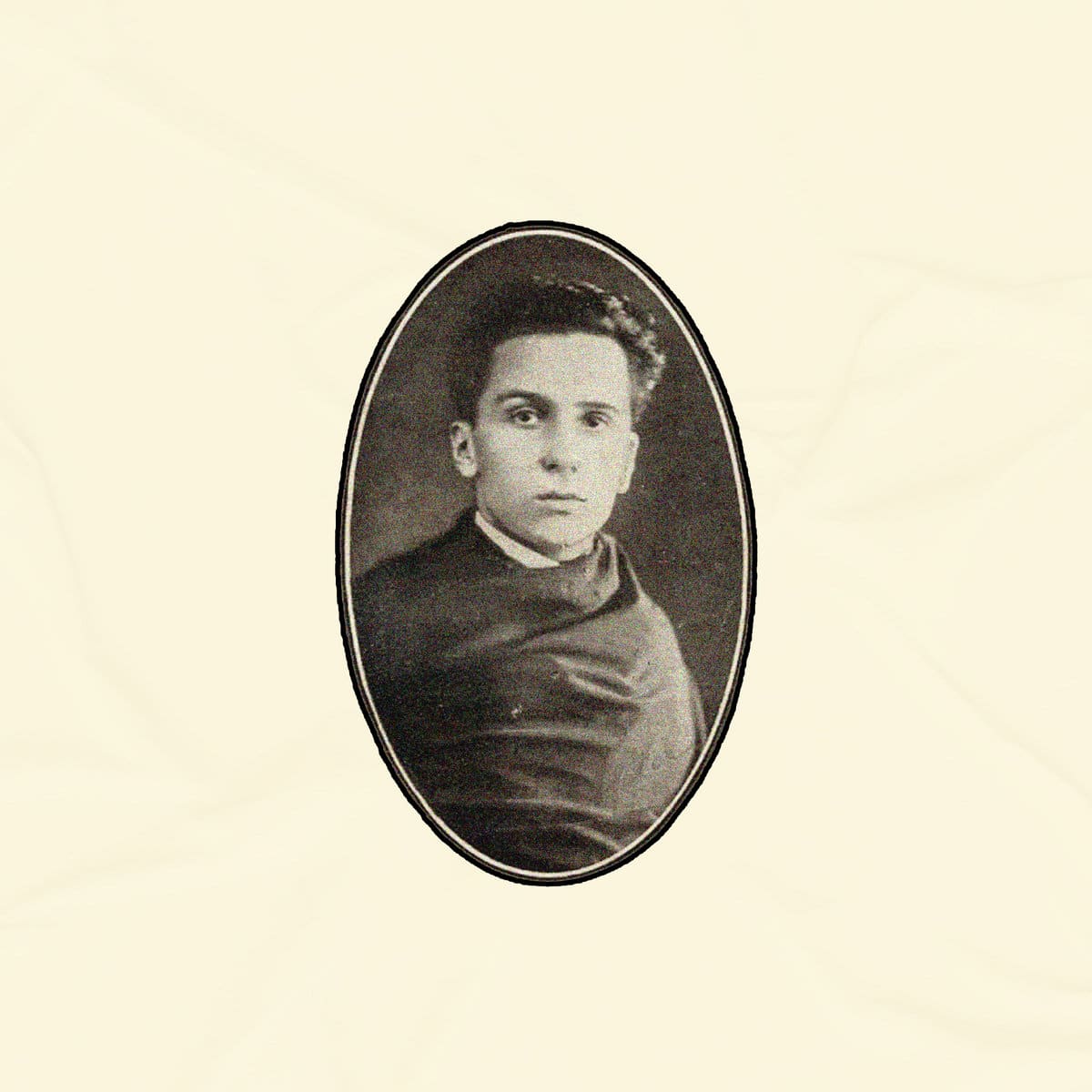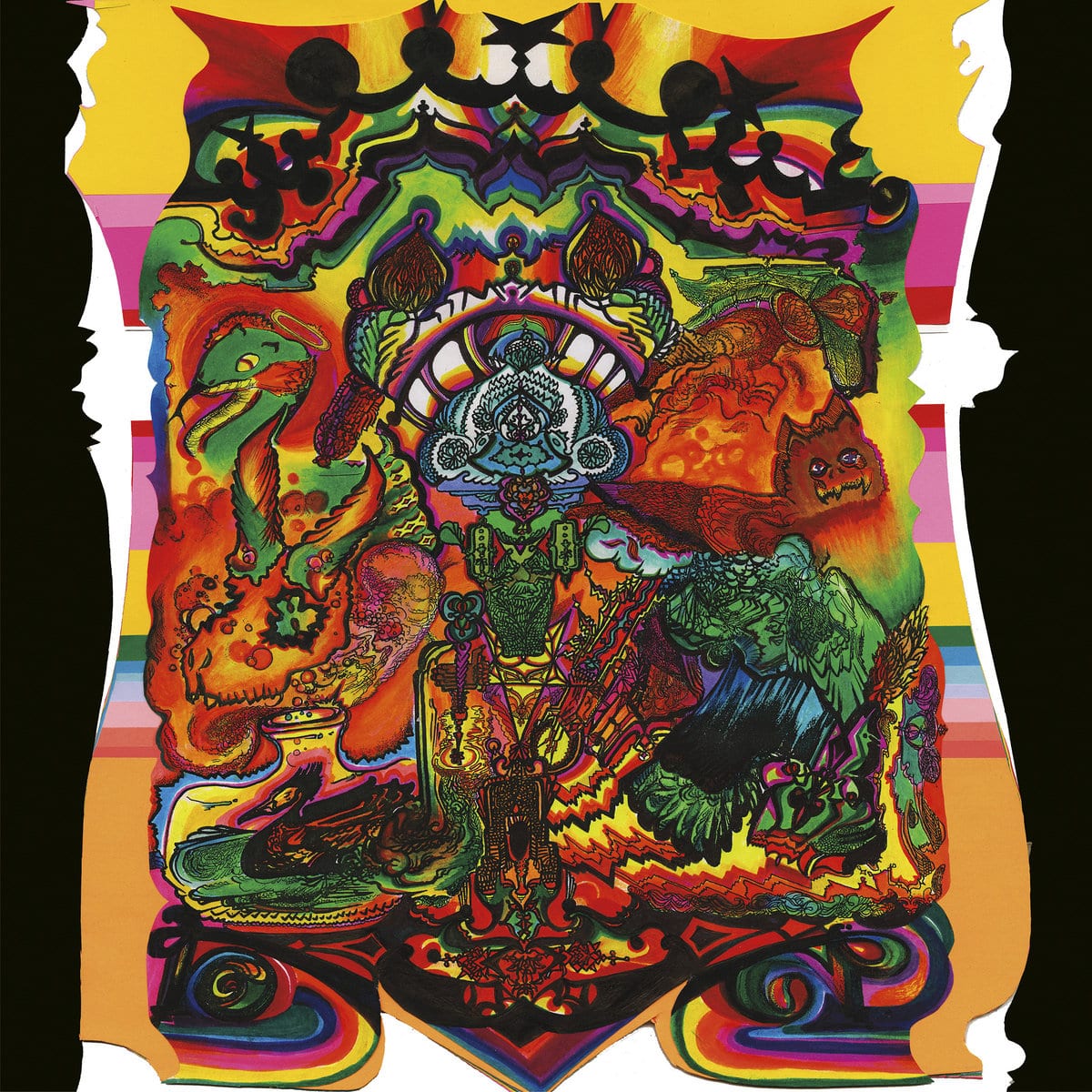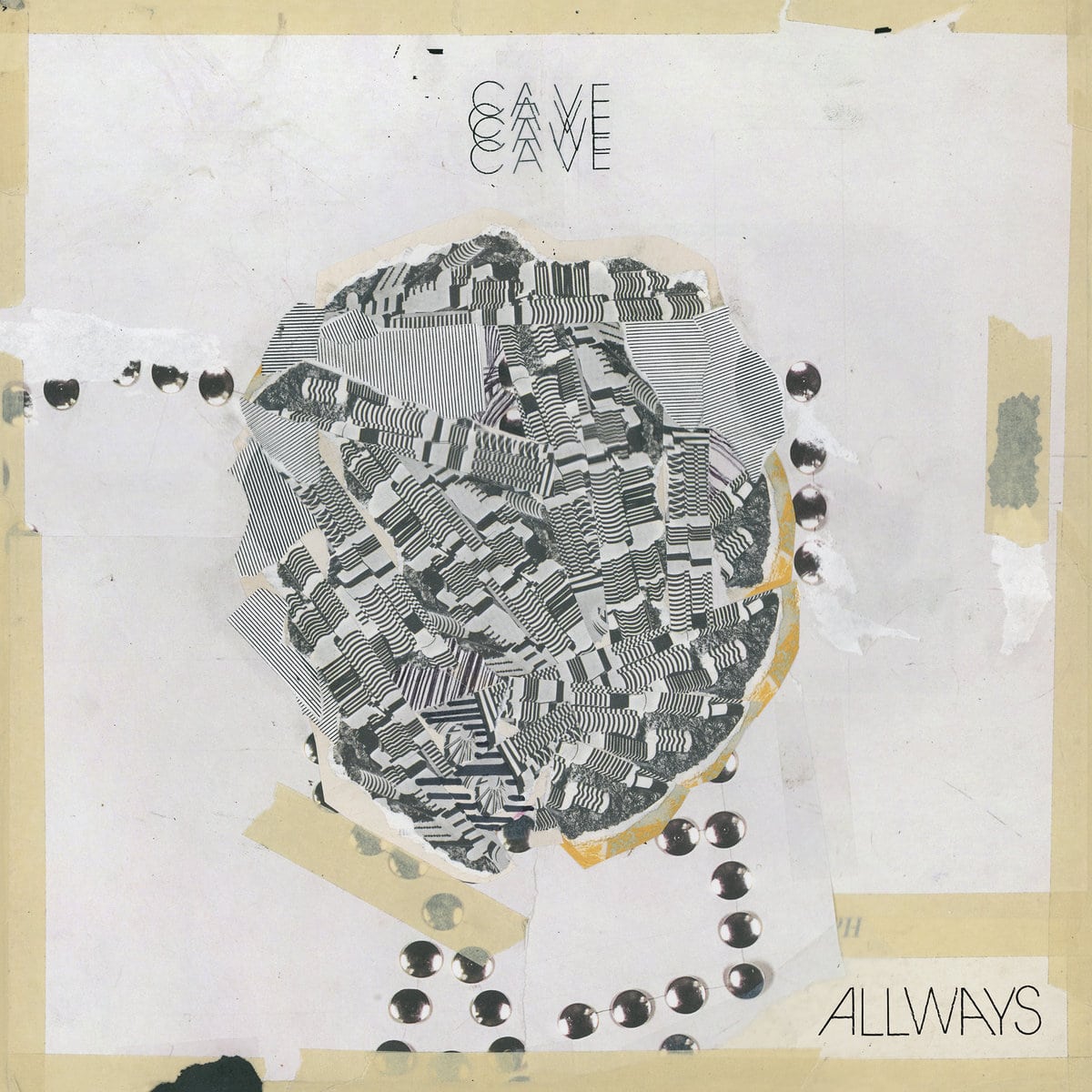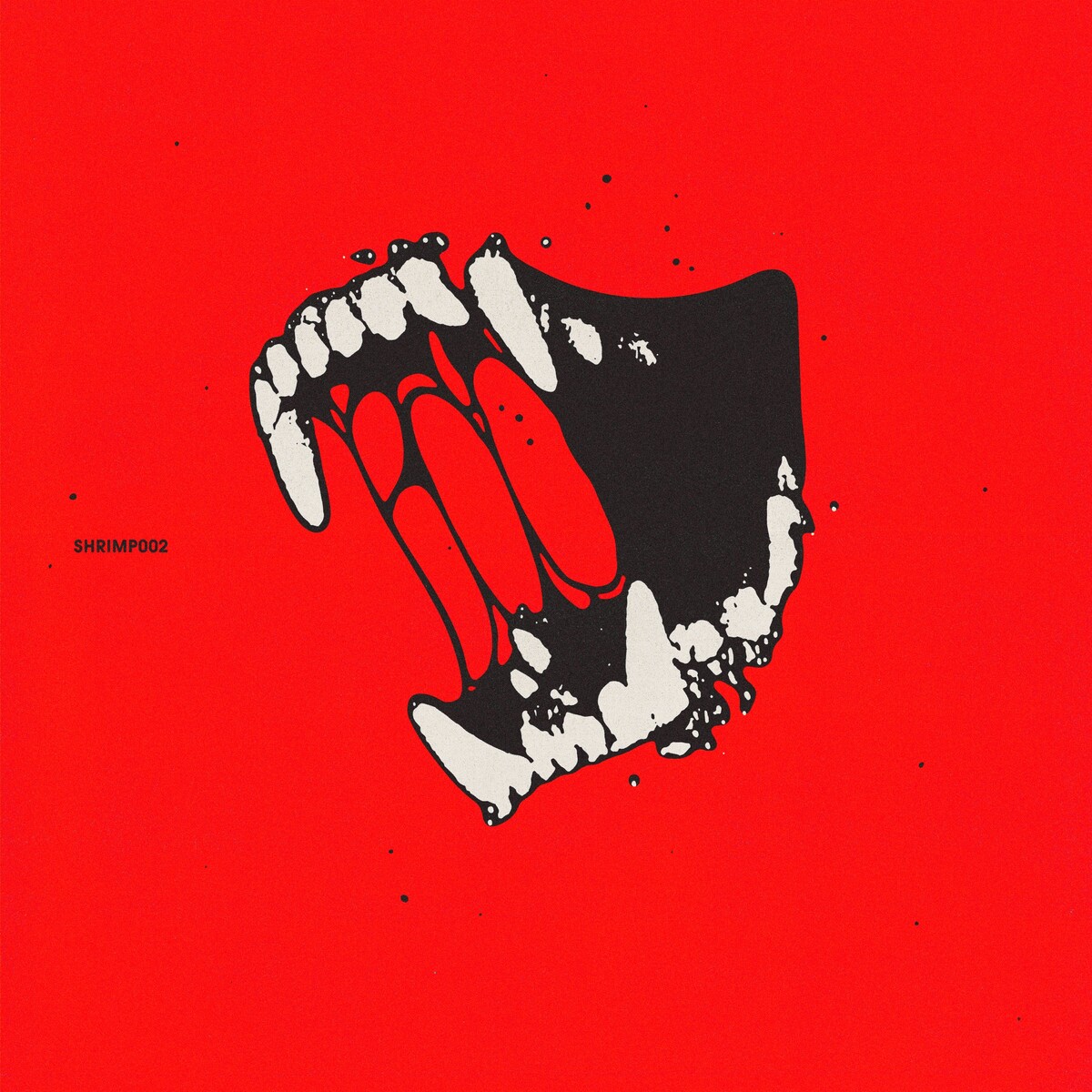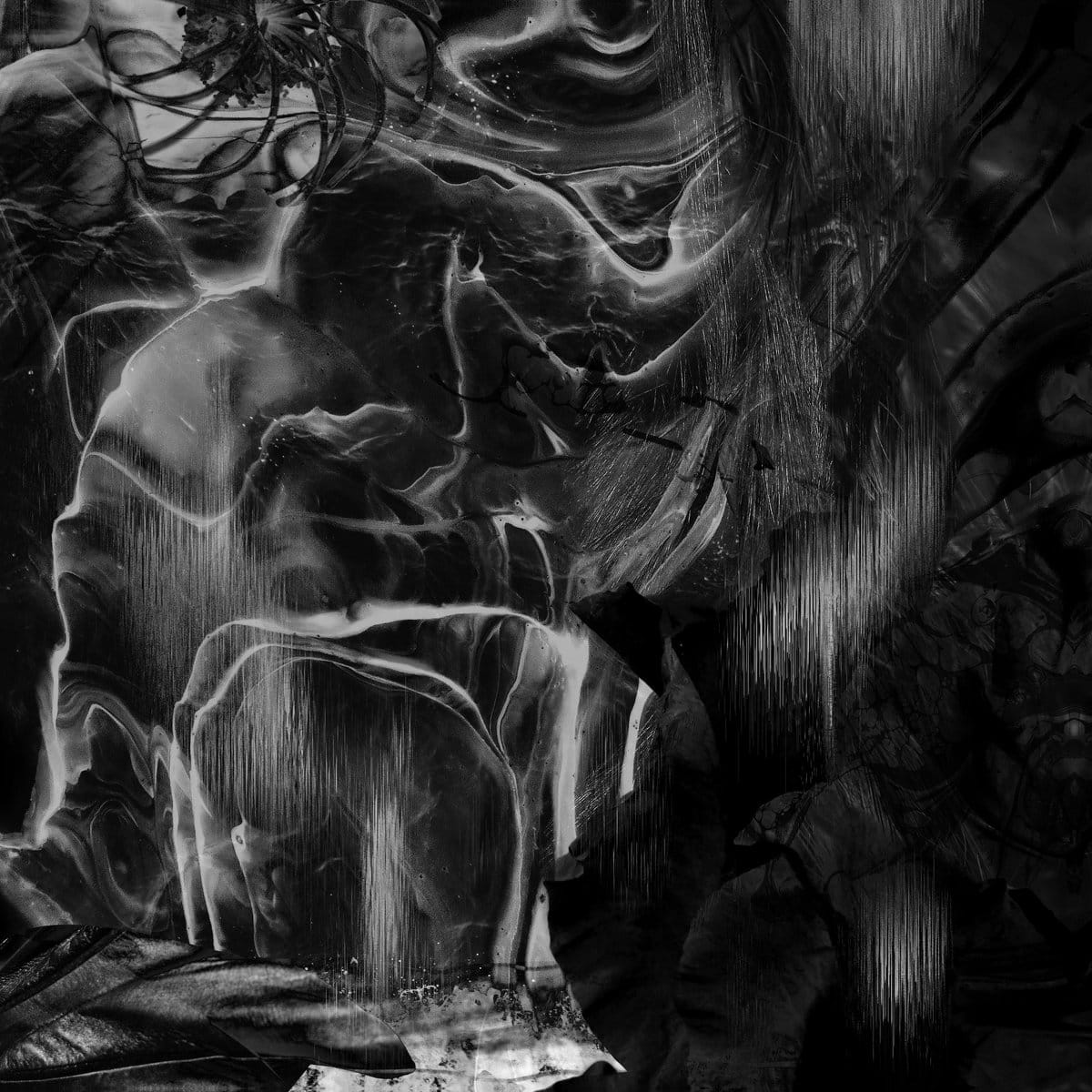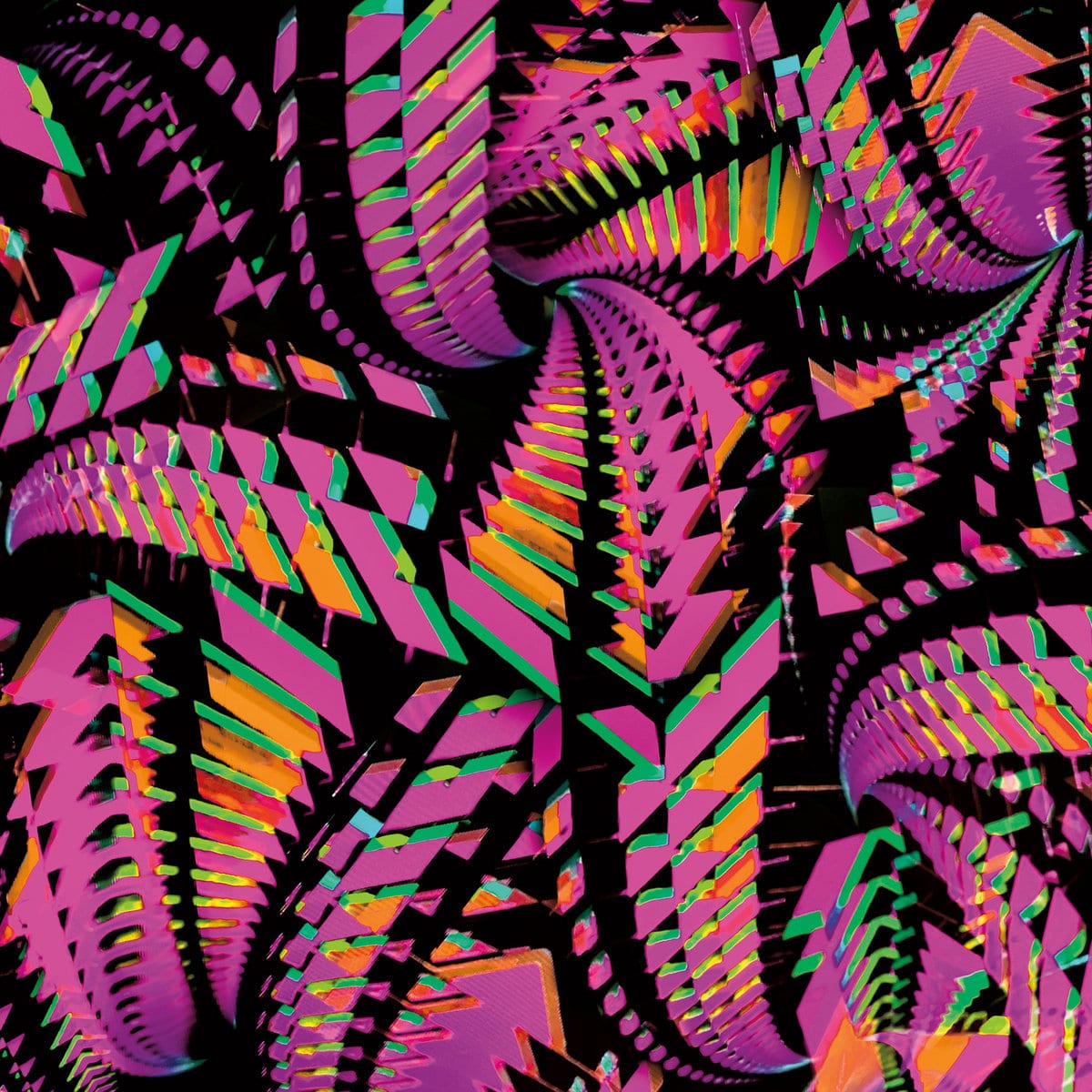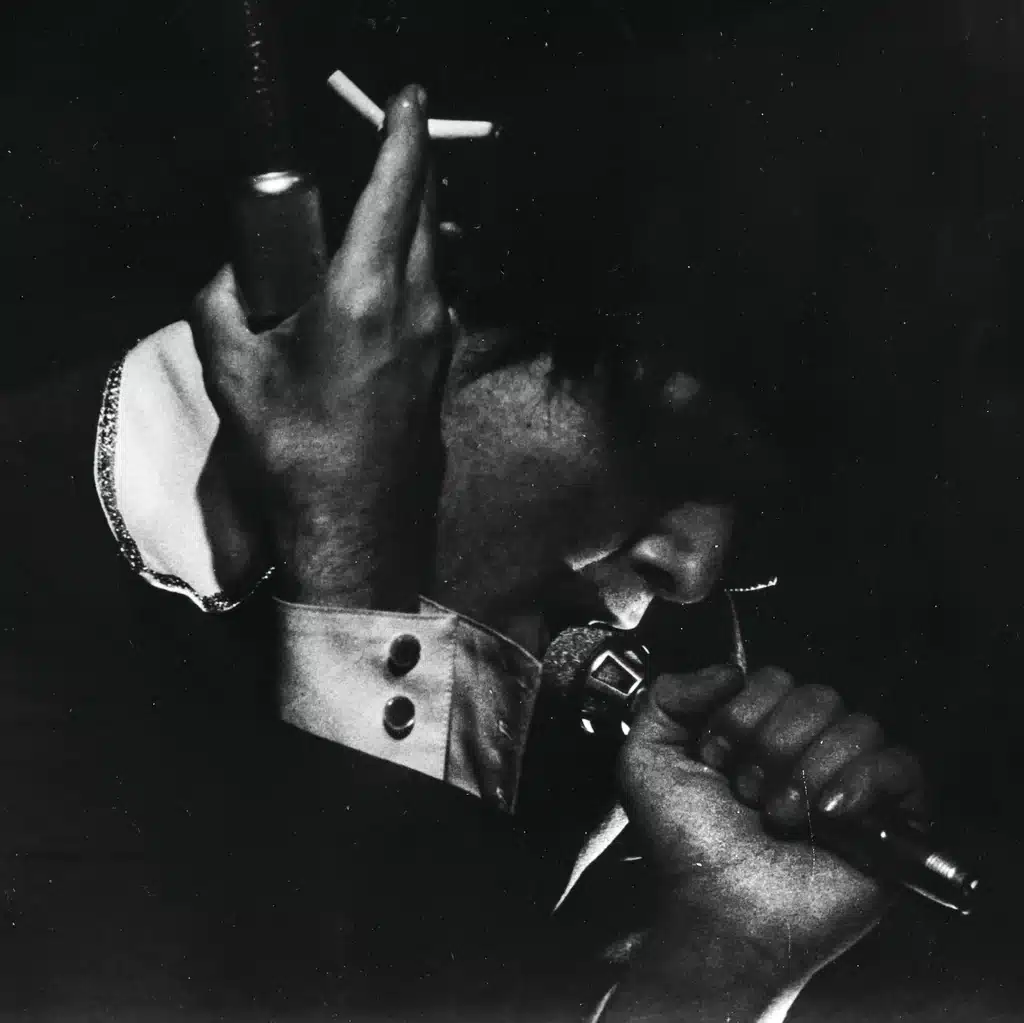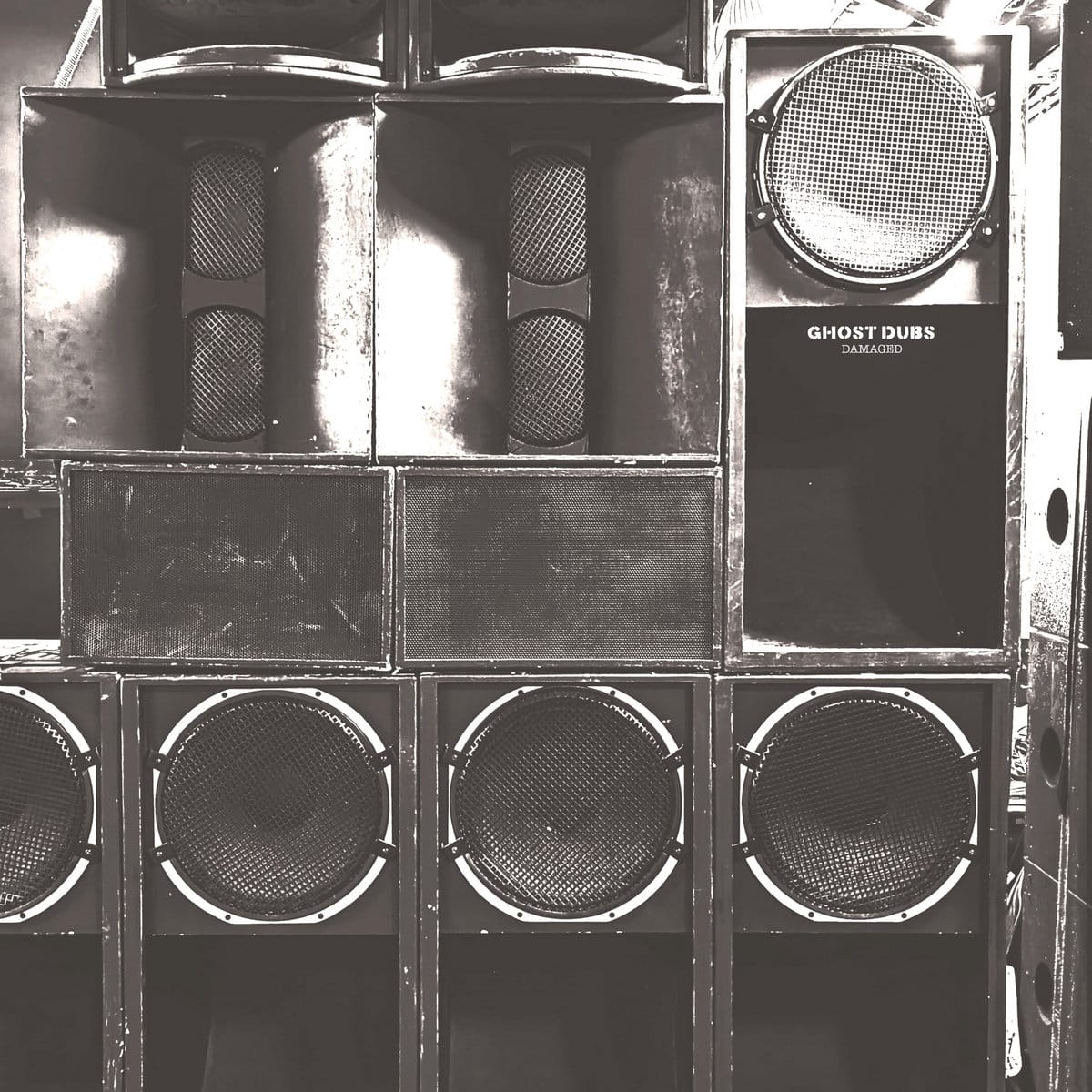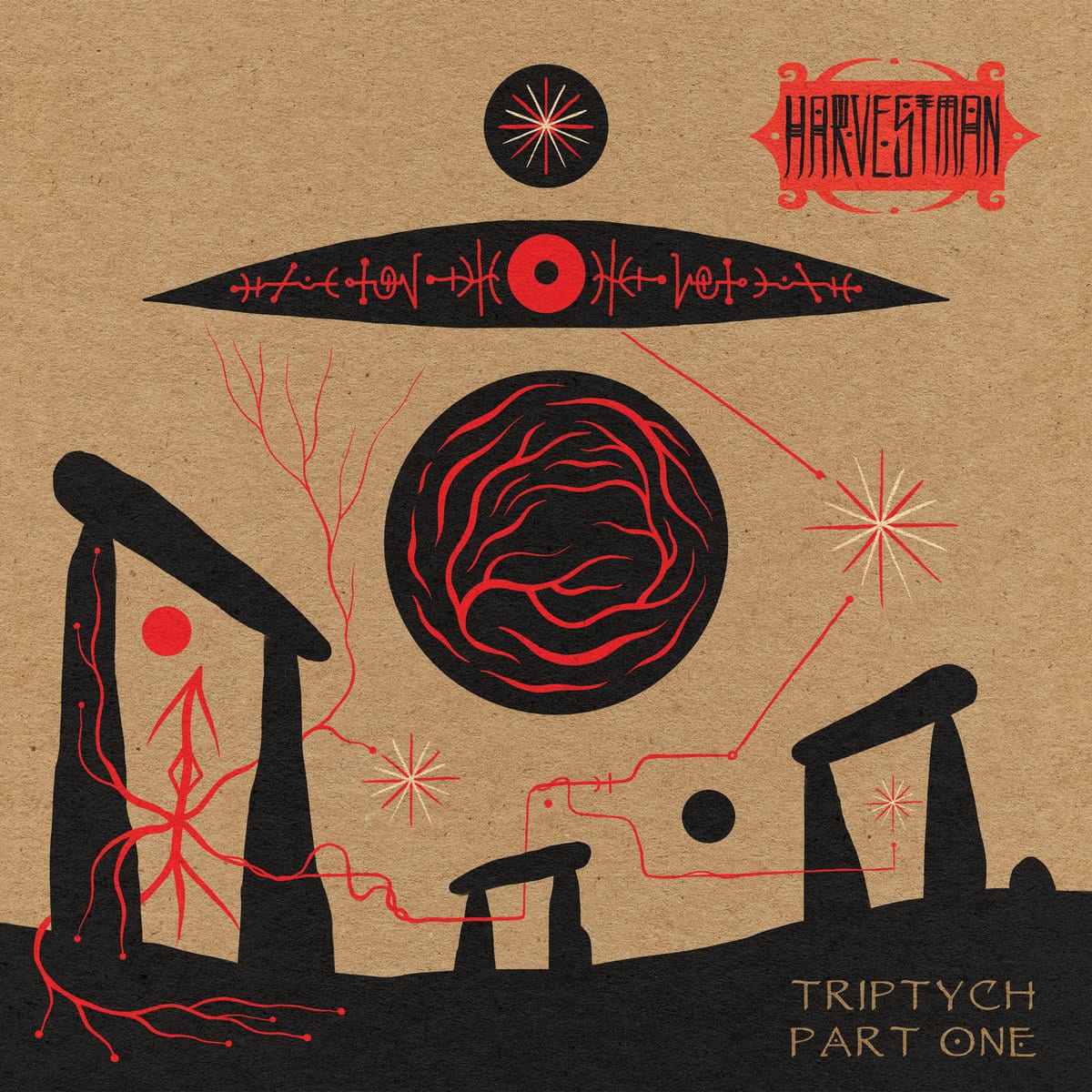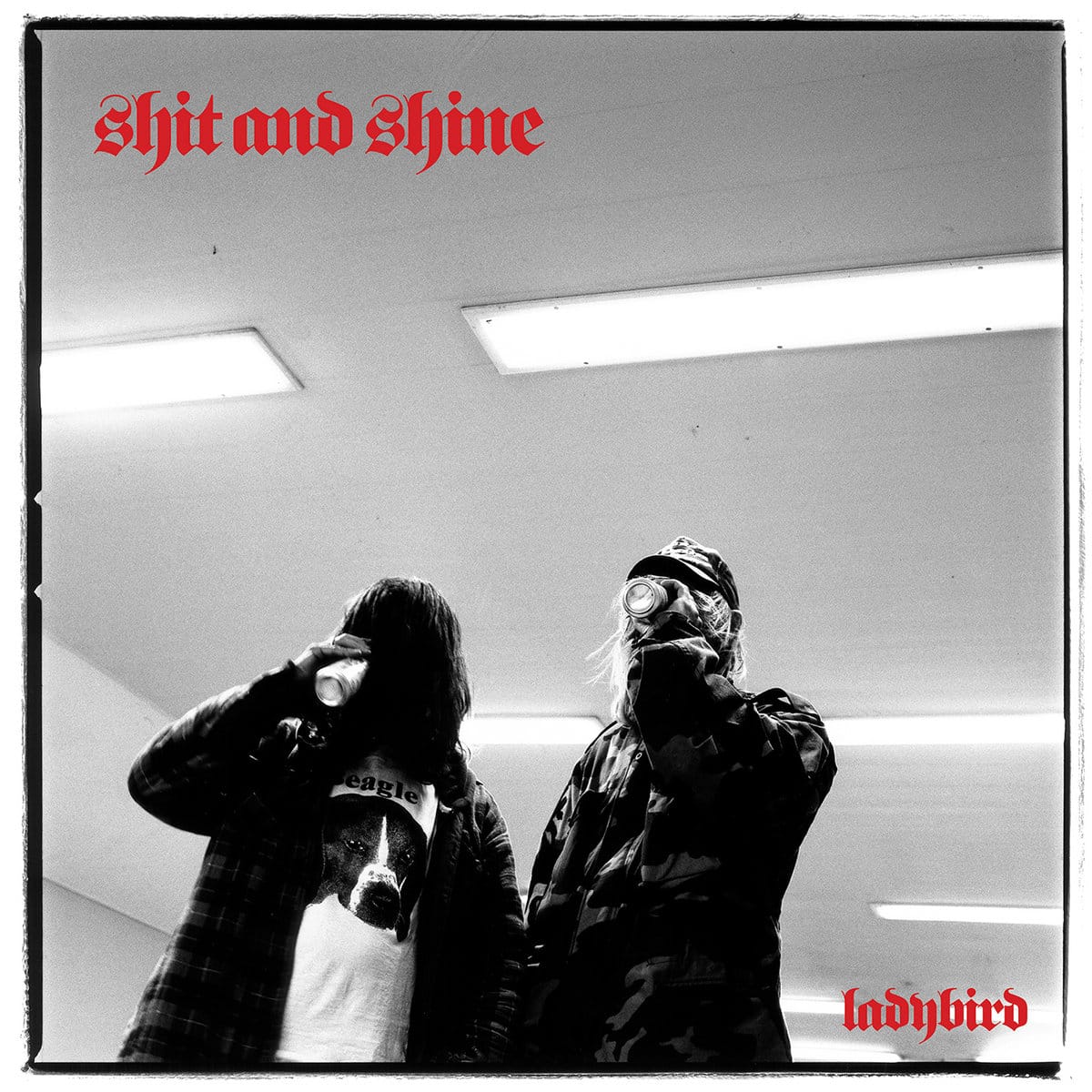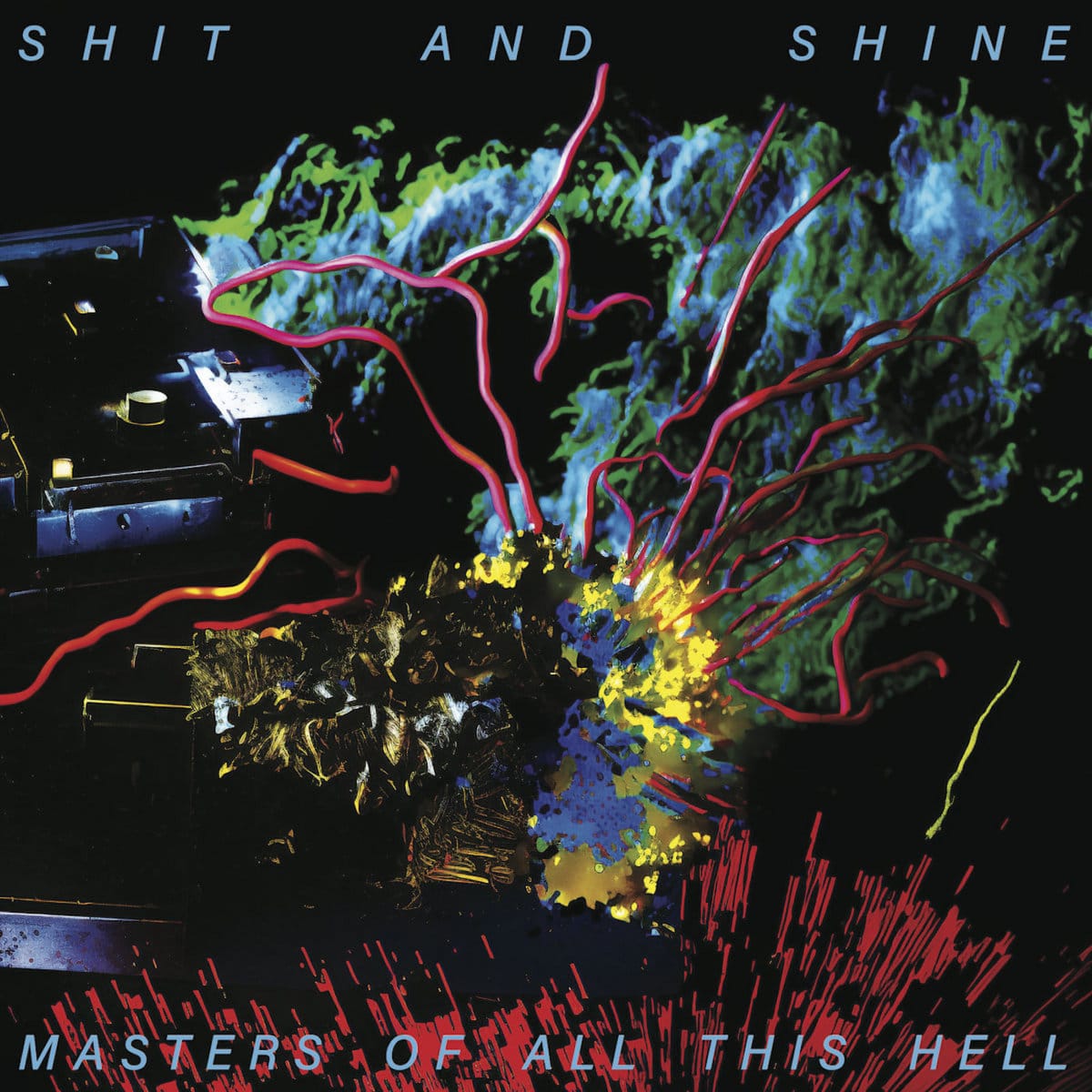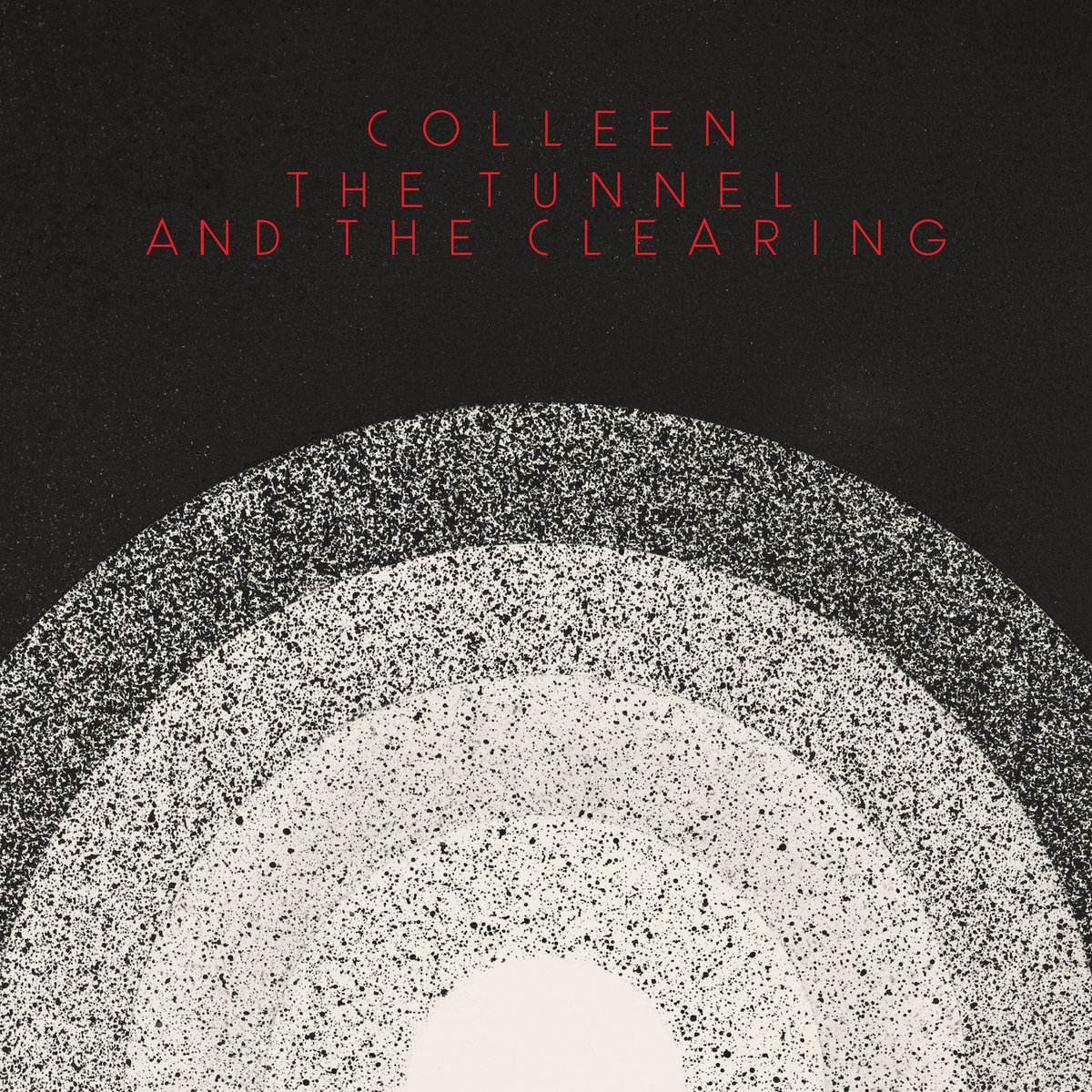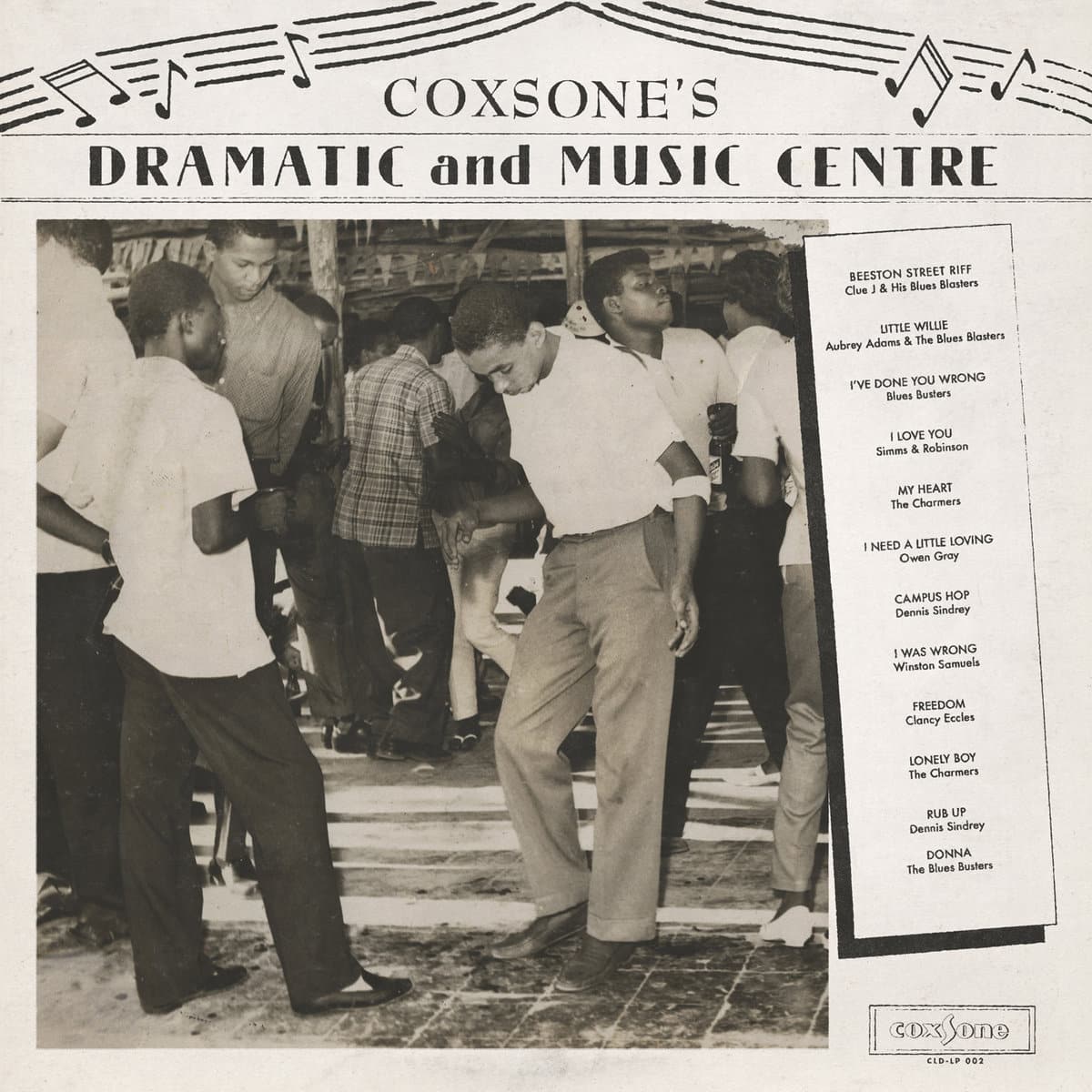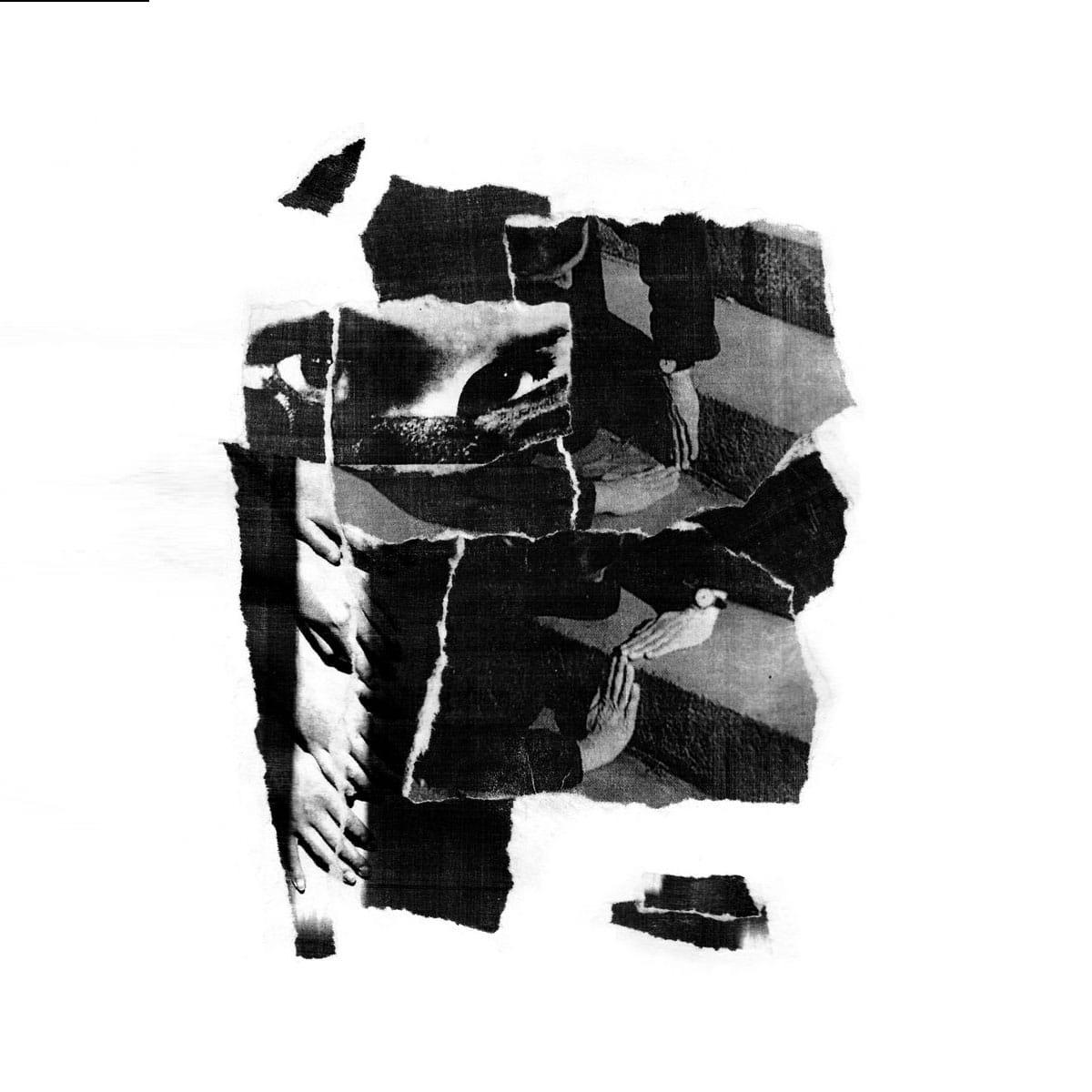Harvestman – Triptych: Part ...

 Album Info
Album Info
HARVESTMAN, the psych/folk/ambient project of Neurosis’ Steve Von Till, arises with its most exploratory and ambitious works to date, a three-album series titled Triptych, with each installment coordinated for release on specifically chosen full moons this year. The first, Triptych: Part One, will be released on Von Till’s own Neurot Recordings on April 23rd with the rising of the Pink Moon.
Triptych: Part One was recorded and mixed at The Crow’s Nest in North Idaho by Steve Von Till who creates the movements using guitars, bass, synths, percussion, stock tank, loops, filters, and more. The record features guest contributions from Dave French (Yob) who performs stock tank percussion on “Nocturnal Field Song” and provides frequency consultation for the album, bass from Al Cisneros (Sleep, OM) on “Psilosynth” and “Harvest Dub,” and John Goff (Cascadia Bagpiper) who plays Northumbrian smallpipes on “Mare And Foal.” The narration on “Give Your Heart To The Hawk” is delivered through the poetry of Robinson Jeffers. The album was mastered by James Plotkin (Khanate, KK Null, Earth) and completed with artwork and layout by Henry Hablak.
At its heart, music has always been a questioning of inheritance – a dialogue with predecessors and forebears, the forging of one’s own perspective in relation to what has come before, and for some, a plunge into the boundless realms between. For Steve Von Till, that process has always taken on an added dimension to become the most sacred of tasks. Whether through the apocalyptic uprising of Neurosis, the sonic deconstructions of their sister project, Tribes of Neurot, the invocatory intimacy of his eponymous solo albums or his instrumental psychedelic reveries in the guise of Harvestman, that dialogue has never just been with musical influences, but with what underpins them: the primordial, elemental forces now banished to the peripheries of our contemporary consciousness, yet still broadcasting a signal for all who will listen.
Released periodically on three of 2024’s full moons – April 23rd’s Pink Moon, July 21st’s Buck Moon and October 17th’s Hunter Moon – the three-album cycle, “Triptych”, is Harvestman’s most ambitious undertaking yet. But it’s also the distillation of a unique approach that finds a continuity amongst the fragmented, treating all its myriad musical sources and reference points not as building bricks, but as tuning forks for a collective ancestral resonance, residing in that liminal space between the fundamental and the imaginary, the intrinsic and the speculative.
Drawn to the megaliths, ruins and ancient sites mapped out along the British and European mainland’s geographical and psychic landscapes, the folklore and apocrypha forever resurfacing as portals from a rational world, “Triptych” is a meditation forged from traces and residues, and an hallucinatory recollection of artists who have tapped into that enduring otherworldliness embedded within us all. It’s a dream diary narrating a passage through Summer Isle where Flying Saucer Attack are wafting out of a window, a distant Fairport Convention are being remixed by dub master Adrian Sherwood, celestial scanners Tangerine Dream are trying to drown out Bert Jansch and Hawkwind are playing Steeleye Span covers, all prised out of time yet bound to its singularity.
Woven together from home studio recordings that span two decades, this fifth outing as Harvestman finds parallels with nature’s cycles not just in its release dates but in the repeated structure that binds each album, like an imprint refracted though three separate strata. “Part One”, as with the forthcoming Parts Two and Three, starts on a collaboration with Om bassist and long-term friend of Steve’s, Al Cisneros, with a dub take opening the B-Side. Here, the opening track “Psilosynth” orbits a grandfather-clock mechanism passing through a nebula haze, all waved on by an acid-fried deity. From there on, “Part One” journeys through the elegiac “Give Your Heart To The Hawk”, with the sampled poetry like a documentary retrieved from a long-lost world, Philip Glass wistfully attending a rescue beacon from the far corner of the universe on Coma, as well as percussion recordings performed by Steve and friend Dave French (drummer of Yob) on a rusted torn open stock tank outside Steve’s barn, treated bagpipes and old reel-to-reel recordings, all reiterated across the next volumes in ever more out-there contexts.
If “Triptych” is a multi- and extra-sensory experience, it extends to the remarkable glyph-style artwork of Henry Hablak, a map of correspondences from a long-forgotten ancient and advanced civilization. As with “Triptych” itself, it’s an echo from another time, an act of binding, a guide to be endlessly reinterpreted, and a signpost to the sacred that might not indicate where to look, but how.
Soon Over Babaluma

an observation platform.
 relative
relative
